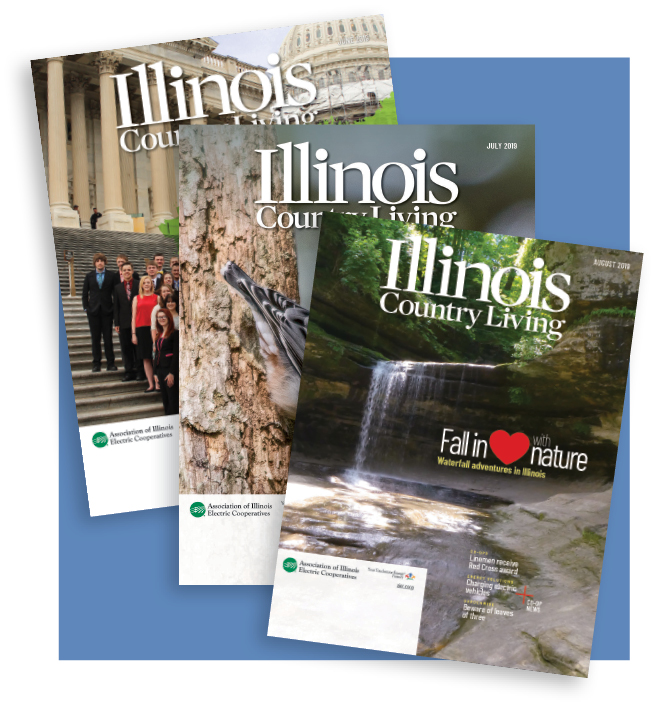Electric vehicles (EVs) are on the rise in the United States, and they’re providing a new driving experience for many Americans. The benefits are clear from the expansion of the EV market, including less air pollution in congested areas, less carbon emissions, decreased maintenance costs and less oil consumption.
EV sales have climbed in the U.S. since they first came onto the market. In 2011, there were only around 17,000 EVs sold, compared to the 361,000 EVs sold in 2018. Cumulatively since 2011, nearly 1.2 million EVs have been sold, and that number continues to grow.
Tesla has dominated the EV market in the U.S., making up about more than half of the total EV sales in 2018. The first luxury EV was manufactured by Tesla, setting the stage for style and performance. Although Tesla dominates in sales, there are many other popular models available and the competitiveness among them is increasing.
Back in 2011, there were only two options: the Nissan Leaf EV and the Chevy Volt Plug-In EV. But in 2018, there were eight models that made up 80 percent of total plug-in EV sales. This includes many major manufacturers, like General Motors, Ford, Toyota and BMW.
One reason the EV market has been doing so well is that the total cost of ownership of newer EV models is becoming much closer to that of gas-powered vehicles. Since maintenance costs for EVs are lower than gas-powered vehicles and the price to charge an EV is cheaper than filling a full tank of gas, people are spending less money on EVs over the course of the car’s lifetime than they would on gas-powered vehicles.
A lot of the growth of this market sector is concentrated in a few states, mainly in California, the West Coast (Washington and Oregon) and the Northeast (New York, New Jersey, Massachusetts, Maryland and Pennsylvania). California leads the way in EV sales, charging infrastructure and state policies, which all contribute to the fact that California makes up about half of the country’s EV market.
With the growth of EV sales comes a growing need to charge those vehicles. There are three main types of charging levels: Level 1, Level 2 and DC Fast charging. Level 1 and Level 2 are mainly for residential charging, while DC Fast chargers are made for a “gas station” experience.
For charging outside of the home, DC Fast chargers can fully charge an EV in 15 to 45 minutes. For longer drives and road trips, these chargers ensure that your car has enough juice to last the whole journey. However, DC Fast charging infrastructure is not growing as quickly as EV sales are, which presents an issue for drivers that do not live conveniently close to them.
There is a strong expectation for EV sales to continue to grow as they have been over the last eight years. Although the charging infrastructure is not evenly distributed throughout the country, there will be a strong need to continue developing it to reach a wider audience.
Many electric cooperatives are positioned to start developing charging infrastructure to address this need. The growth of the EV market and charging infrastructure across the U.S. will be the future of our nation’s roadways.










